Results: White Christian Nationalism, Part Two
Published on 05/14/2022
In Part One, we explored the roots of White Christian Nationalism (WCN) in America. In Part Two, we will finish its history.
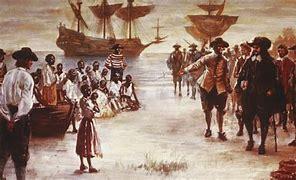
QUESTIONS
GO to COMMENTS
Comments
1.
1.
"But how did Protestantism and Englishness get entangled with whiteness? To answer that question, we need to shift our focus to Virginia. There, and elsewhere, the most common justification for the enslavement of kidnapped Indians and Africans was that they were 'heathens'. But this argument broke down in the late-seventeenth century as some enslaved persons converted to Christianity and some white Christians sought to evangelize them. The problem was initially resolved by shifting the legal basis of slavery from religion to color: 'blacks' could be slaves; 'whites' could not." Do you agree with this rationalism?

Yes
7%
157 votes
No
56%
1221 votes
Not Applicable
37%
822 votes
2.
2.
"It was then more fully resolved by creating a new theological basis for slavery. Perhaps the most influential was the "Curse of Ham." Blacks were the descendants of Noah's son, Ham, the argument went, and their color and enslavement were a result of the curse that Noah had called down on them." Have you heard this explanation before?
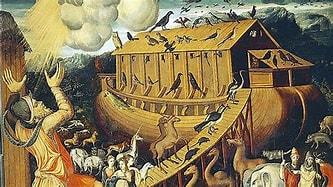
Yes
14%
300 votes
No
58%
1268 votes
Not Applicable
29%
632 votes
3.
3.
"It would be another century before WCN became American. Until the American Revolution, most colonists still considered themselves English. It was only after the Revolution that they began to think of themselves as 'American'. Until that time, the term 'Americans' was more often used to refer to the native peoples. So, one way that (white) Americans set themselves apart from their British 'cousins' was by claiming to resemble (native) Americans. The American (man) was a little more savage, a little more violent than his English forebears. He was, in a sense, the true heir of the Indian who was (supposedly) disappearing, and the true inhabitant of the 'frontier'. The white American had a trace of the red American in him." Were you aware of how many, early Americans began categorizing themselves culturally as Americans?
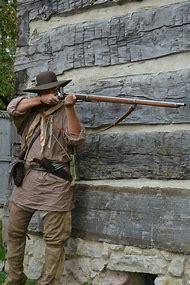
Yes
11%
231 votes
No
56%
1238 votes
Not Applicable
33%
731 votes
4.
4.
"WCN is what linguist George Lakoff calls a 'frame'. A frame is like a bare-bones movie script. It 'has roles (like a cast of characters), relations between the roles, and scenarios carried out by those playing the roles'. Like a movie, it can be made and remade, with new actors and modified scenarios. The 'frontiersman' becomes an 'Indian fighter' and then a 'cowboy'. The scene shifts from Appalachia to Kentucky to Wyoming." Are you familiar with these frames of manifest destiny in American history?
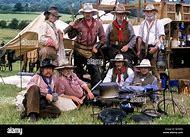
Yes
16%
345 votes
No
51%
1115 votes
Not Applicable
34%
740 votes
5.
5.
"Trumpism is, among other things, the latest version of the WCN frame. Echoing the promised land story, Trump says he will 'take back the country' from the outsiders and invaders who have taken control—immigrants and secularists, Muslims and Mexicans—and then restore it to its rightful owners: 'real' (that is, white, Christian) Americans. Echoing the end times story, Trump paints the world in terms of us and them, good and evil, and hints at violent struggles to come. The first such struggle took place on January 6, 2021. It will not, I fear, be the last." Do you agree with Professor Gorski's prediction?
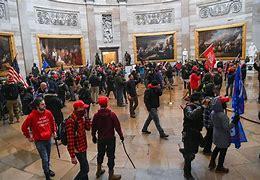
Yes
30%
661 votes
No
27%
585 votes
Not Applicable
43%
954 votes
COMMENTS


